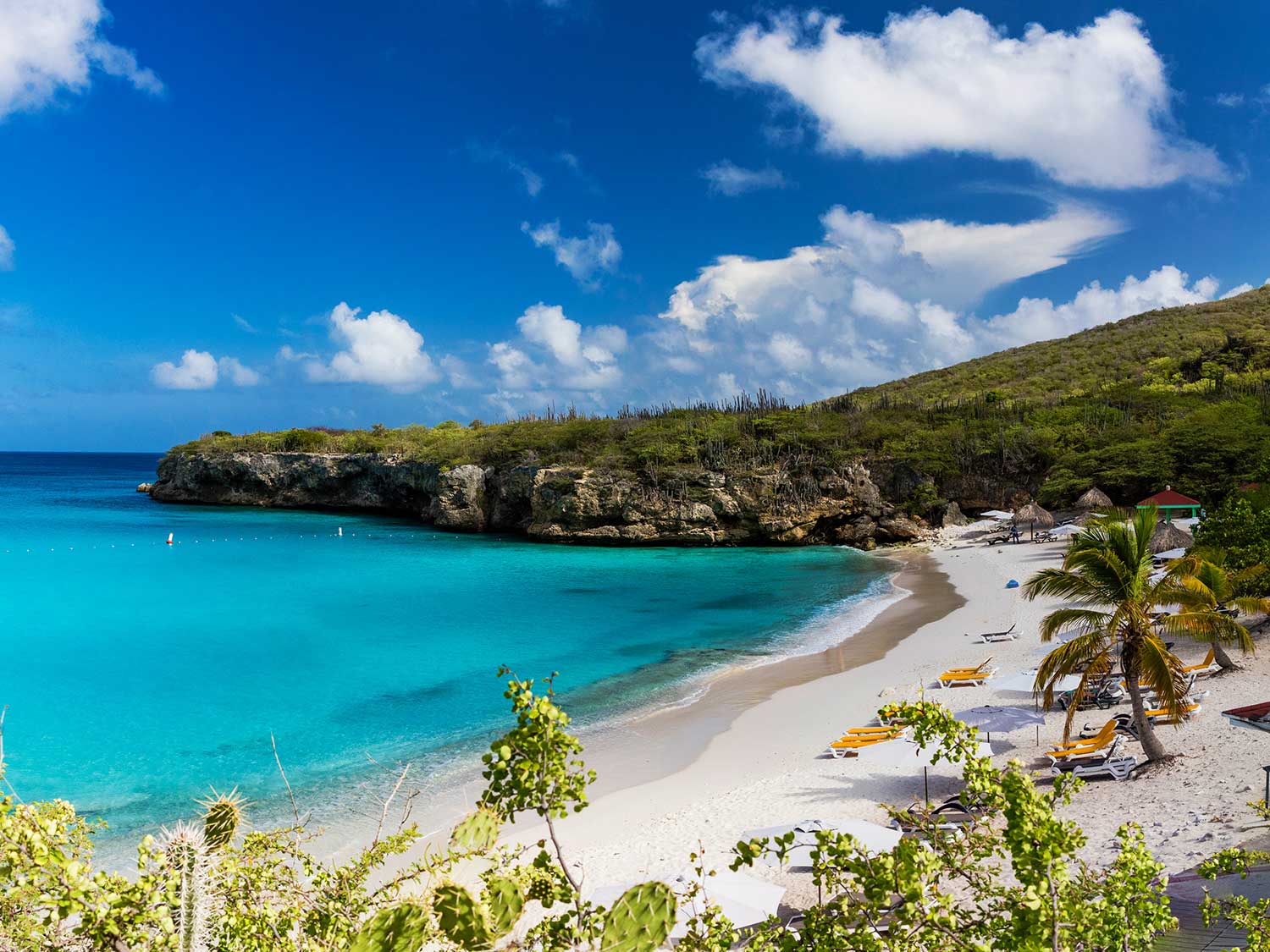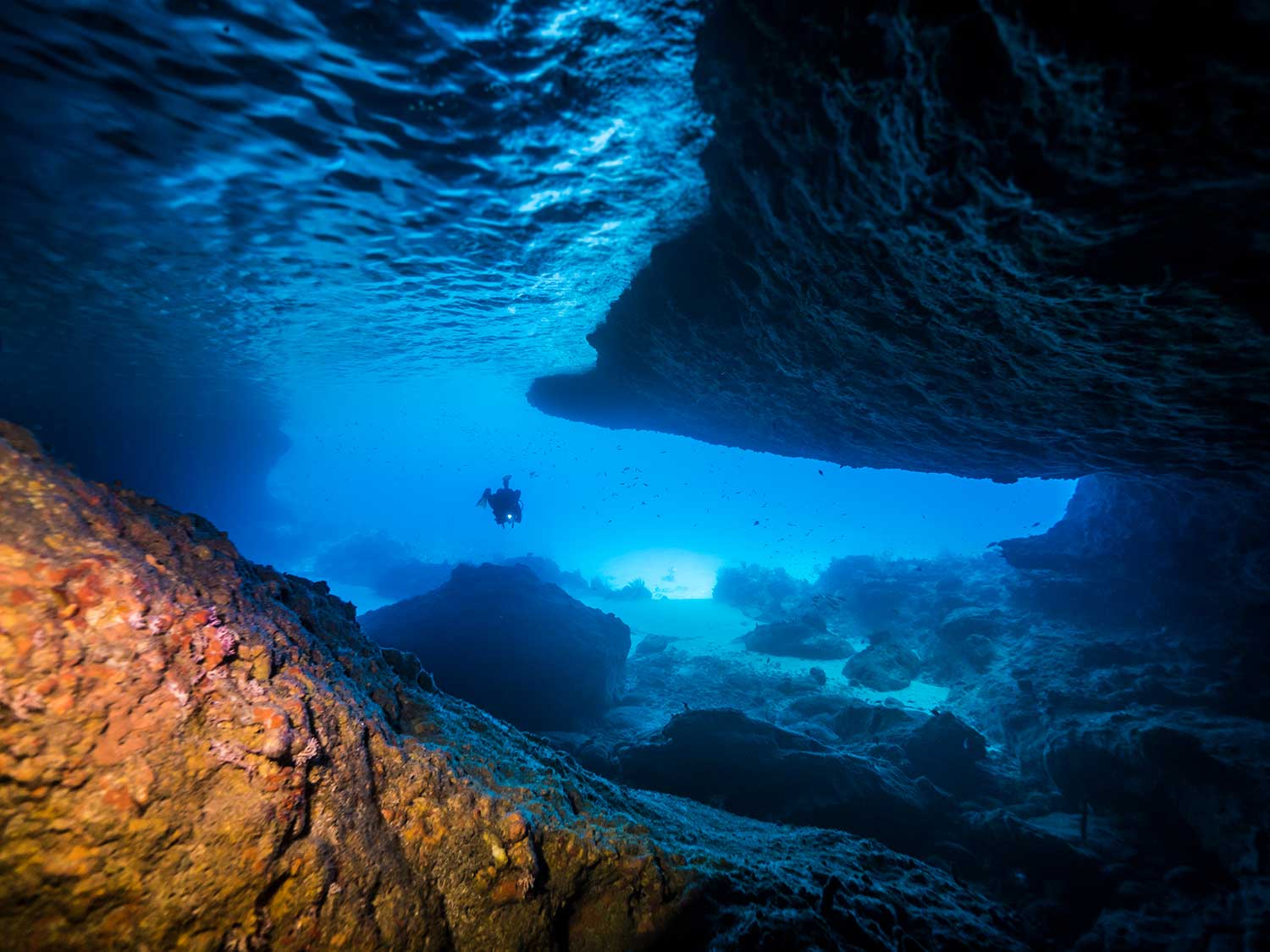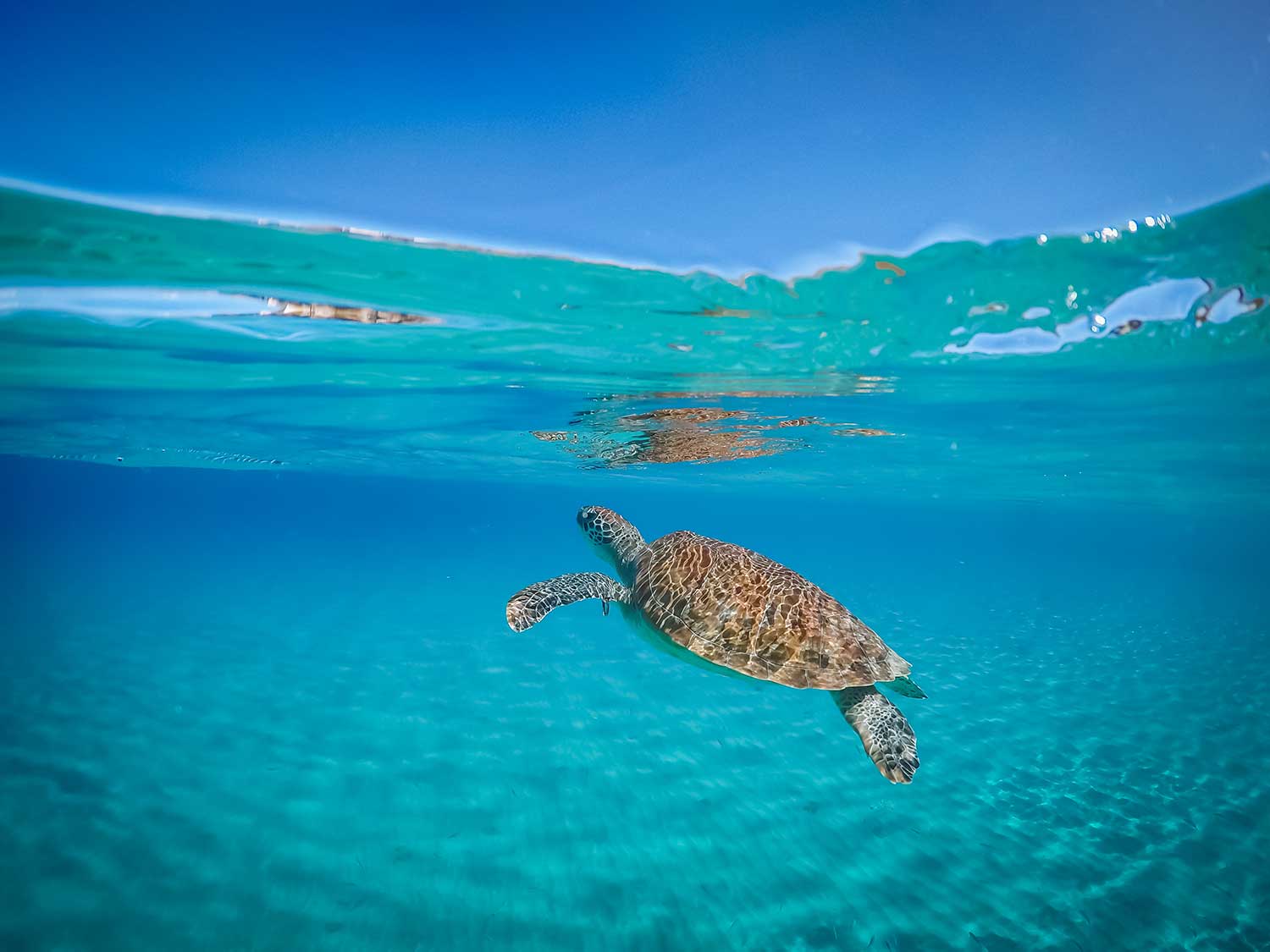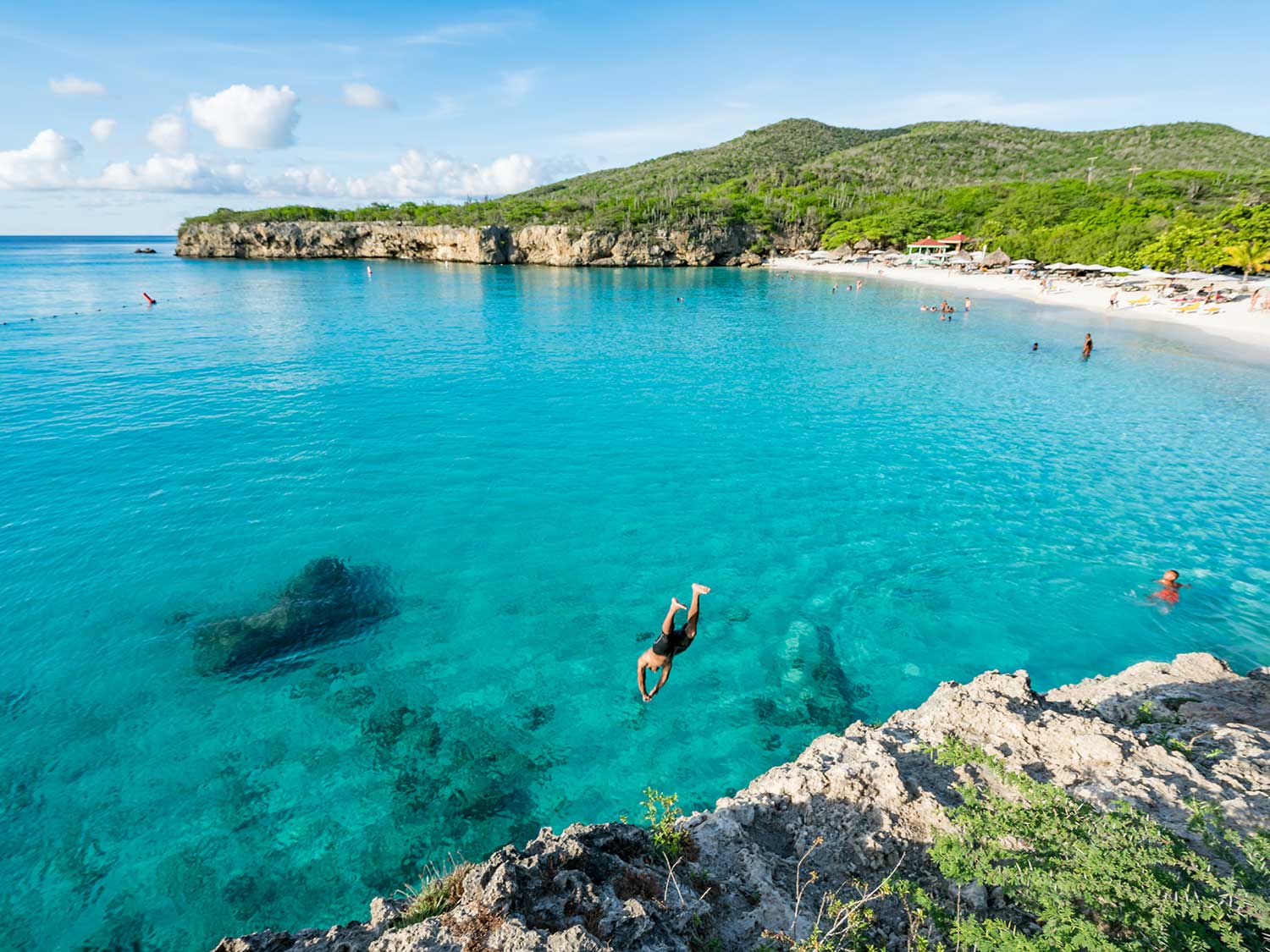The Best Snorkeling Spots In Curaçao
A lot of travelers don’t want the secret to get out, but this Caribbean destination’s beautiful beaches are just the start of incredible underwater adventures.
In general, the sea life and coral in Curaçao's waters is impressive. Visibility is good and the island is off the beaten path, helping to keep reef damage from overuse to a minimum. While most snorkel spots give better than average fish (and a bonus of lovely beaches for both gentle entry and to relax upon after) there are a few standouts that offer truly unique and memorable experiences.
Tugboat
Hit this popular snorkel spot early to avoid crowds from numerous tours. A small dive shack offers facilities, but hours vary. Land access for the site is on the east side of Caracas Bay. Enter from wooden stairs taking care for ankle-grabbing large rocks and boulders.
The big draw is the Tugboat wreck, sitting at 15-ft., largely intact amid blue parrotfish and yellow snappers, jutting up to within five feet of the surface. However, a real treat is the reef just past, around the rocky point, offering plentiful healthy elk horn corals, sponges, sea fans and marine life, edging a 60-ft. wall.
On a day with good conditions, the right side of adjacent Director's Bay is within reach (not advisable to explore from the bay itself due to currents).
Blue Room Cave
This glowing blue grotto is famed for the incredible hue, open nature allowing snorkelers to duck under the cave edge to explore and large school of glassy sweepers that make for excellent silhouette shots for those sporting a waterproof camera. Although there is a 20-minute trail leading to the spot, the path is rough with sharp rocks requiring full shoes and a leaping entry makes the corresponding exit over the rocks challenging, to say the least.
A better bet would be to rent kayaks from nearby Santa Barbara beach for a nominal fee (stop by the black sand beach midway) or explore via boat trip. Opting for Coral Divers gives access to the Rif St. Marie house reef after, to make a day of it.
Playa Piskado
Once just a quiet, calm landing spot for fishermen to clean their catch before unloading on the pier, area sea turtles soon got the free smorgasbord message. Some purists might frown upon taking advantage of wildlife spotting in the type of setting inadvertently created here (the dozen or two resident turtles do seem a bit smug and... chubby), but if you love the creatures and enjoy observing at close range without stressing the animals, Playa Piskado is like no other.
Dip a face mask into the water at any moment and you'll likely spot two or three of the large lumbering creatures swimming past or nibbling vegetation on the sandy bay bottom. The shallow sand entry makes this a great spot for newbies or families.
Playa PortoMari
This natural beauty of a beach is popular with locals and tourists, the white sand bordering clear turquoise waters. Twenty years ago, Hurricane Lenny did a number on the beach and surrounding reef. A few years after the storm, marine experts realized the coral and sea life just weren't bouncing back so they decided to help matters by sinking 280 pocked, concrete cluster "reef balls" in the bay.
Their attempt to encourage regrowth was successful, and a key feature of this snorkel spot are these little chunks of coral-and-sponge-covered life that act as both habitat and nursery for juvenile reef fish and other sea creatures.
Another area of interest can be enjoyed at the base of the surrounding cliffs. Enter from the beach to the right of the wooden dock for both.
Little Knip and Kenapa Bay
Despite a lack of amenities, refreshments or facilities, this charming little bay erupts into quite the happening local spot for a Saturday friends hang or Sunday family barbecue. (On occasion a small stand opens with pricy chips and beers.) The shallow sandy entry and handful of coral clusters in chest-deep water make this a great place for families or new snorkelers to adjust to their gear.
Head to the right for outcroppings of reef heavy with fish, eels, octopi and turtles. To the left, in slightly deeper water, find large boulders and the possibility of spotting an eagle ray nosing about the sand. Kenapa Bay, the sister beach (or grande to Knip's "Klein") can be reached by the same road. While also offering edges with decent snorkeling, the big feature here is the cliff diving.
Klein Curacao
A visit to this tiny uninhabited desert isle requires a boat tour, but even if the half-mile white sand beach calls stronger than the sea, be sure to bring your mask and fins. The coral island lies 10 miles off the coast of Curacao, requiring a rather bumpy several hour boat trip.
Though the main section of snorkeling-friendly reef is a coral-covered slope dipping down 140m from shore, the wide expanse of sea grass between reef and beach is home to a number of green sea turtles. Find your spotting spot just past the last of the beach huts and be sure to give the turtles space as they rise to the surface to breathe.



